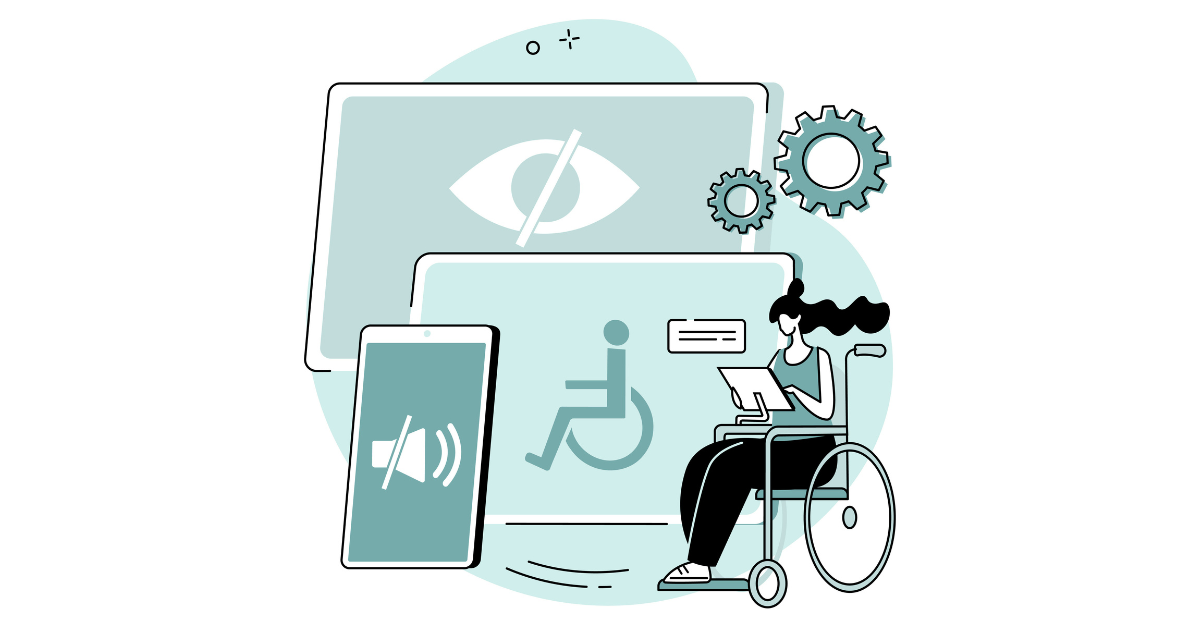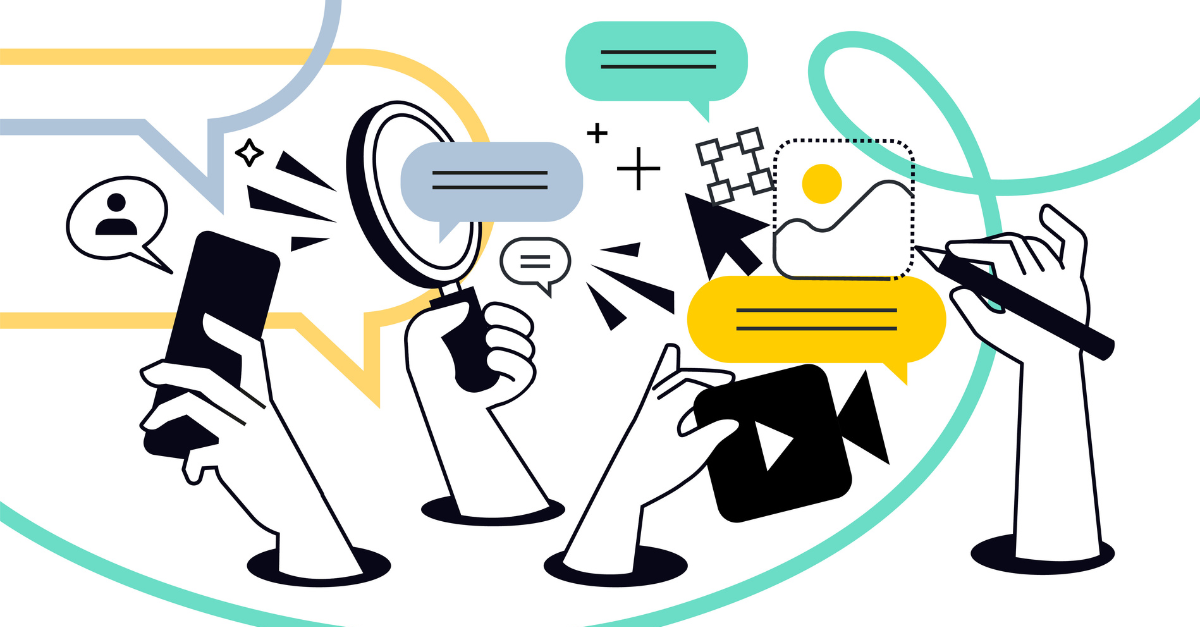Keeping your subscribers informed without wearing out your welcome.
Email frequency – how often should you send your subscribers email – is a hot topic among email marketers. Just about everyone has a different opinion and usually everyone fiercely believes they’re right.
Now, some will answer “How often to send?” with the eternally obnoxious, ever-present answer in email marketing: “It depends.”
In this case, try this on for size: Ask. Just because your email marketing is often one directional from you to your customers doesn’t mean you can’t ask and listen to them.
You could start by asking – actually asking – your subscribers when they sign up: How often would you like to hear from us? LinkedIn rocks this by letting you receive emails either as news happens or in a daily or weekly digest.
But let’s say you’ve got your list already and you haven’t asked. You’ve been sending a monthly newsletter for years. You send a product announcement every other month or so. Then one of your customers tells you they wish they’d known about your event last weekend or your annual sale. Or worse: they stop shopping with you because you don’t carry organic pet food, when in fact, you launched an entire line last season! Why didn’t you tell them!
You did, of course. You emailed them. But how many times? Once? A frequency of one goes a lot further in email marketing than it would in more traditional media, because of your strong one-to-one relationship with your readers. But statistically around 70% of your recipients won’t read a given email. If they missed the email in their crowded inbox, how will they know about your news?
So is it ok to send twice? Maybe a third announcement to those who didn’t interact with the email: no trackable view/click action? The answer is: Ask.
It doesn’t have to be about actually surveying your subscribers. They’ll tell you everything you need to know if you listen to the metrics. In the store example above, let’s say you know what the value of sending email is in driving business to your store. Every time you send an email, sales in-store and online spike 115% over the previous week. Then you hear those dreaded words from a customer, “I didn’t know,” and you decide to go proactive.
When you launch a new line of personalized pet sweaters in a range of sizes, you’re prepared. You send a teaser email with pictures the week before they hit shelves. You send an announcement email with pricing info when they’re available. You go for gold: you send an email showing how much your favorite regular, Dottie, loves her new sweater for the fall.
Is it too much? Take a look at the data. It’s pretty likely your response rates will diminish over three emails. But look at your click (hyphen?) through rates, your sales and, of course, your unsubscribes. Your readers will opt-out when it’s too much. You’ll know you should back off. Or if your opt-outs don’t seem to change and your sales bump is 250% with personalized pet sweaters flying off the shelves this week, you’ll know you got it right. Even seeing more interaction with your emails, like more clicks, will let you know you’re on the right track.
If you’re up for it, the big challenge is to determine the lifetime value of a customer and of an email address. Know the trade off between losing an email to “unsubscribe” and gaining more sales from a budding new customer relationship.
The bottom line is always about what drives the most business – so “ask” your subscribers how much they need to hear from you before you start to wear out your welcome.




I agree entirely. Giving users more control will improve engagement and reduce unsubscribes.
But it’s not just about frequency.
You should also give them control over what you send them. Maybe they want product news (possibly including reminders as you suggest), but they would like to cancel the newsletter, or just pause it for 6 months.
Great feedback, Pete: not just asking subs but putting them in the driver’s seat to choose their own frequency and content!
Thanks for reading,
Jessica, emfluence